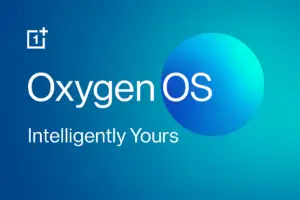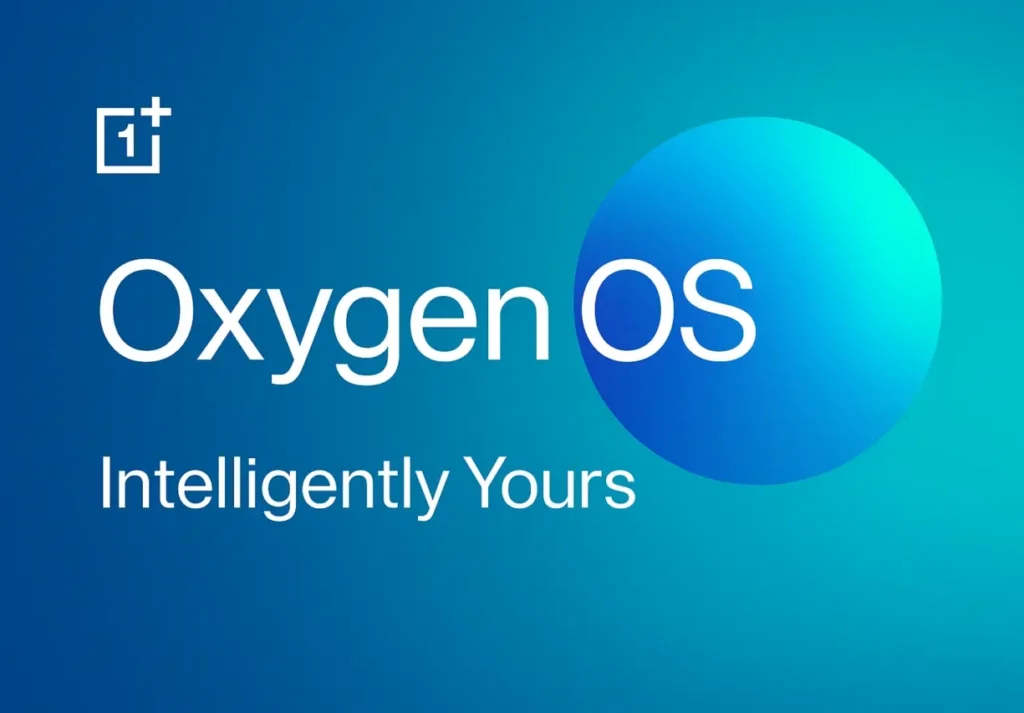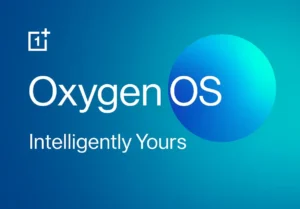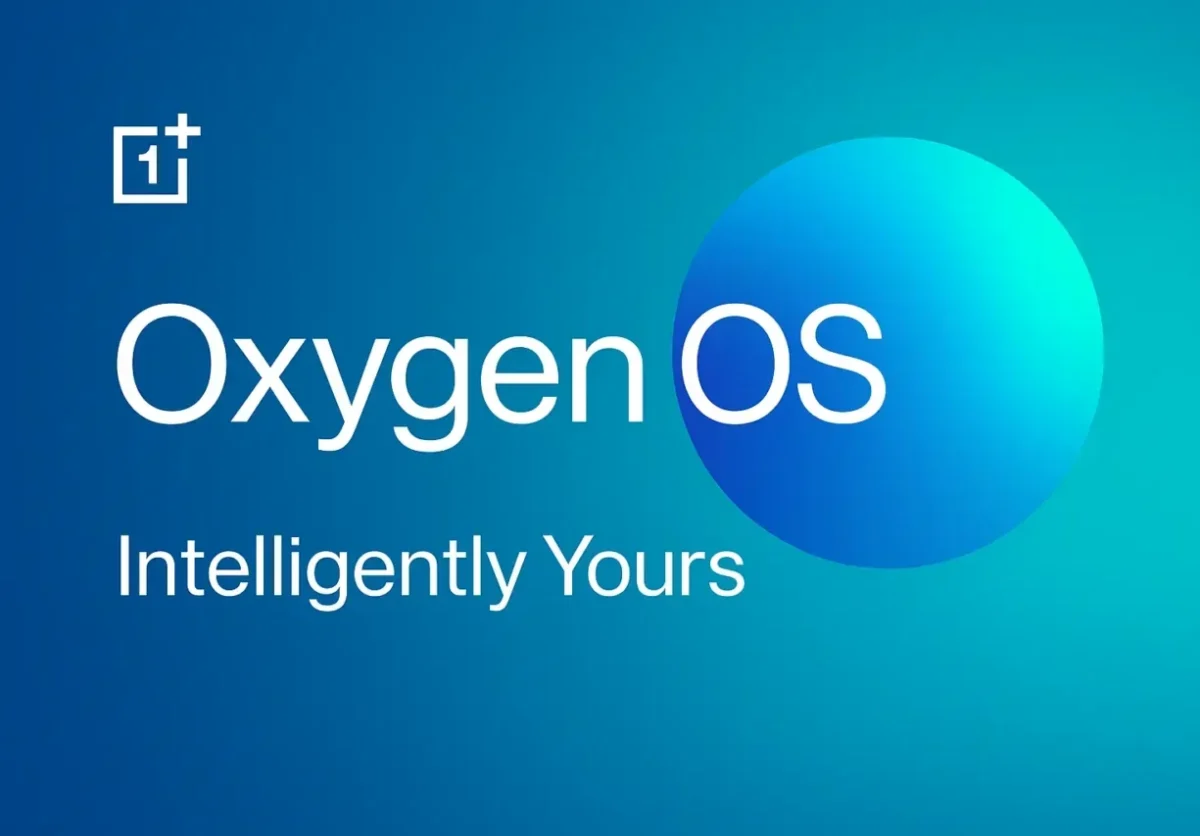OnePlus has officially announced OxygenOS 16, promising a leap in AI integration, design innovation, and sm oother user experiences, making it one of the hottest topics online this October. This blog will dive deep into all the confirmed details, features, device eligibility, and real-world improvements, while comparing it thoroughly against previous versions—especially OxygenOS 15—to help users and enthusiasts understand what’s new and why the upgrade matters.
oother user experiences, making it one of the hottest topics online this October. This blog will dive deep into all the confirmed details, features, device eligibility, and real-world improvements, while comparing it thoroughly against previous versions—especially OxygenOS 15—to help users and enthusiasts understand what’s new and why the upgrade matters.
Introduction: Why OxygenOS 16 Is Making Headlines
The tech community is buzzing about OxygenOS 16, OnePlus’s latest Android skin riding on the new Android 16 platform. Major excitement is driven not just by incremental upgrades but by fundamental shifts in AI usage, design, and interactivity. OnePlus’s consistent blend of speed, simplicity, and sophistication is poised to reach new levels, with flagship models like the OnePlus 13S, 13, and 13R among the first to get the upgrade.
Key Features of OxygenOS 16
- AI Integration
- OnePlus introduces system-wide Google Gemini AI support, powering contextual assistance and tasks like itinerary planning directly linked to saved content in Mindspace, its unique digital hub.
- AI-driven battery optimization, privacy tasks handled on-device, and smarter notifications and scheduling bring a more responsive, personalized experience.youtube
- Design & UI Innovations
- The new “Liquid Glass” design offers an iPhone-esque feel, making animations smoother and app icons more refined and visually engaging.
- Flux themes have evolved, letting users add custom text, fonts, and colors for richer personalization—a major leap from OxygenOS 15’s capabilities.youtube
- Enhanced Always-On Display
- OxygenOS 16 features a full-screen Always-On Display (AOD), showing more details at a glance and integrating widgets and live updates for sports tracking via a Dynamic Island-inspired layout.
- Smarter System Performance
- Updated predictive back gesture works across all apps and system settings, and a new live alert feature expands to more apps like YouTube Music and ongoing calls, surpassing OxygenOS 15’s limited reach.youtube
- Faster app launches and improved background management maximize battery life and system fluidity.youtube
Supported Devices and Rollout Timeline
- The update is confirmed to begin rolling out in India from October 16, 2025.
- Early adopters: OnePlus 13S, 13, and 13R get it first, followed by flagship models including Open, 12, 12R, and mid-range Nord series (Nord 5, 4, 3, CE 5/4/Lite) along with OnePlus Pad tablets. Some devices will receive Android 16-based OxygenOS 16, while older devices may get a trimmed-down version.
OxygenOS 16 vs OxygenOS 15: Detailed Comparison
| Feature | OxygenOS 16 | OxygenOS 15 |
|---|---|---|
| AI Integration | Google Gemini system-wide, Mindspace hub | Gemini AI, but less system-wide penetration |
| Battery Optimizations | AI-driven, faster, privacy-first, on-device management | Standard optimization, reported battery drain issues |
| Always-On Display | Full-screen AOD; dynamic info, widgets, sports/live tracking | Limited AOD, less info and widget flexibility |
| Design & UI | Liquid Glass design, smoother, more polished icons/animations | Lightweight, parabolic icon bounce, less refined |
| Personalization | Custom fonts, colors, text in flux themes | No custom text/fonts in themes youtube |
| Predictive Gesture | Works across all apps and system settings | Limited to Google apps/settings youtube |
| App Launch & Performance | Faster launches, AI background management | Smooth under load; agile and lean, smaller footprint |
| Notifications | Smarter grouping, context-aware suggestions | Basic notification grouping |
| Device Eligibility | Broader—13S, 13, 13R, Open, 12/12R, Nord, Pads | Supported but more restricted, delays for Nord series |
User Experience: Real-World Feedback
Community reactions highlight major points:
- AI and customization remain at the forefront, though some users worry about battery life and notification robustness based on prior experiences.
- Power users praise screen-on time and overall fluidity in OxygenOS but look forward to deeper customization options to rival Samsung’s One UI and Google’s Pixel AI.
- Early beta testers note improvements in always-on display usability, lockscreen personalization, and better flux theme controls, while expressing anticipation for a more stable ecosystem.
OxygenOS 16 and Android 16: Synchronized Innovations
OxygenOS 16 is fully built on Android 16, bringing direct benefits like enhanced security, desktop-like app windows, auto-grouped notifications, and real-time progress tracking. Features traditionally seen first on OxygenOS—like advanced gestures and immersive interface tweaks—are now making their way into Android 16, blurring the line between stock Android and manufacturer overlays.
How OnePlus Is Using AI to Reinvent Productivity
The major innovation lies in how Gemini AI permeates the entire OS:
- Mindspace Hub: Lets users save tickets, schedules, notes, and have Gemini generate actionable plans and reminders based on stored content.
- Contextual Assistance: Gemini can link calendar events to images, prioritize tasks, and aid in travel planning all within the system—something competitors like Samsung and Google are still refining.
Customization, Personalization, and Design Evolution
- New flux theme upgrades let users add and style text overlays, resize clocks, and manipulate wallpapers for maximum depth effect—unavailable in OxygenOS 15.youtube
- Liquid Glass UI borrows the best elements from iOS, merging aesthetic fluidity with Android’s customization freedom.
Device Support: Who Gets OxygenOS 16?
Here’s a breakdown of expected device rollout:
- OnePlus 13S, 13, 13R (first batch—already beta tested)
- OnePlus Open, 12, 12R, 11, 11R (broad flagship support)
- Nord 5, 4, 3, Nord CE 5/4/Lite (mid-range lineup)
- Pad 3, Pad 2, Pad Lite (tablet range, tailored features)
Older models may get OxygenOS 16 based on Android 15, offering a core experience without some AI perks.
Final Thoughts: The Future of OnePlus Software
OxygenOS 16 is more than an annual refresh; it’s a statement that OnePlus aims to lead not just in hardware innovation, but in system intelligence, personalization, and ecosystem robustness. The seamless integration of Google Gemini, combined with a visually rich and interactive UI, sets new standards for Android skins. While challenges remain—especially around battery optimization and notification reliability—a larger, more fine-tuned scope of features means users can expect a much smarter, intuitive, and enjoyable experience.youtube
Whether using flagship or mid-range devices, the new OS promises to make OnePlus phones faster, smarter, and more personal than ever. As OnePlus prepares to roll out OxygenOS 16, user anticipation is turning into excitement for a truly intelligent mobile future.








